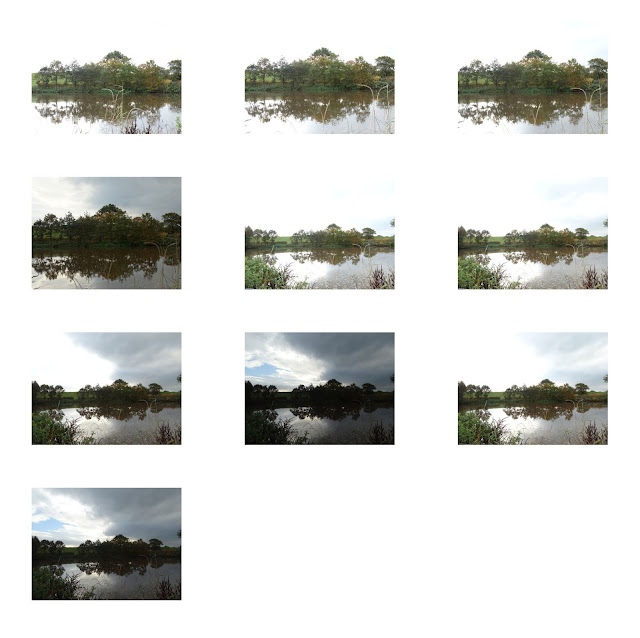 |
| Gustave Le Gray |
HDR stands for high dynamic range and has been used within photography since as early as the 1850's. HDR is the idea of using several exposures in order to create a one image for example Gustave Le gray would produce seascapes with a high dynamic range by using one negative to capture the sky and then another with a longer exposure in order to capture the sea and then would combine these into one positive. I have decided to incorporate HDR into some of my landscape photography to help make the sky exposed correctly against the rest of the photo.
In order to try and create my own HDR image I have decided to try three different methods. The first is by using the HDR setting on my camera, the next is to use Photoshop's HDR toning adjustment to try and create the effect and last to combine two separate images of where the sky is correctly exposed in one and the land correctly exposed in the other in produce the effect. This will help me to which results in the most aesthetically pleasing photo.
These photos were taken using the HDR setting on my while using a tripod to ensure there was no movement between exposures. I choose this photo off the contact sheet so it will be earlier to compare it too the other methods later on.
I do not think that this photo has turn out as well as the last because as there was not much detail in the sky on the original the HDR toning connot correctly expose the sky.

These two photos off the contact sheet above were taken in the exact same spot with on high and one low shutter speed to expose the sky and land separately. To combine them I layered on on top of the other and used the erase tool to reveal to desired aspects of each photo.
This is the photo after combining the two above and I feel that this method worked the best out of the three I tried as I had the most control over the end result.













































